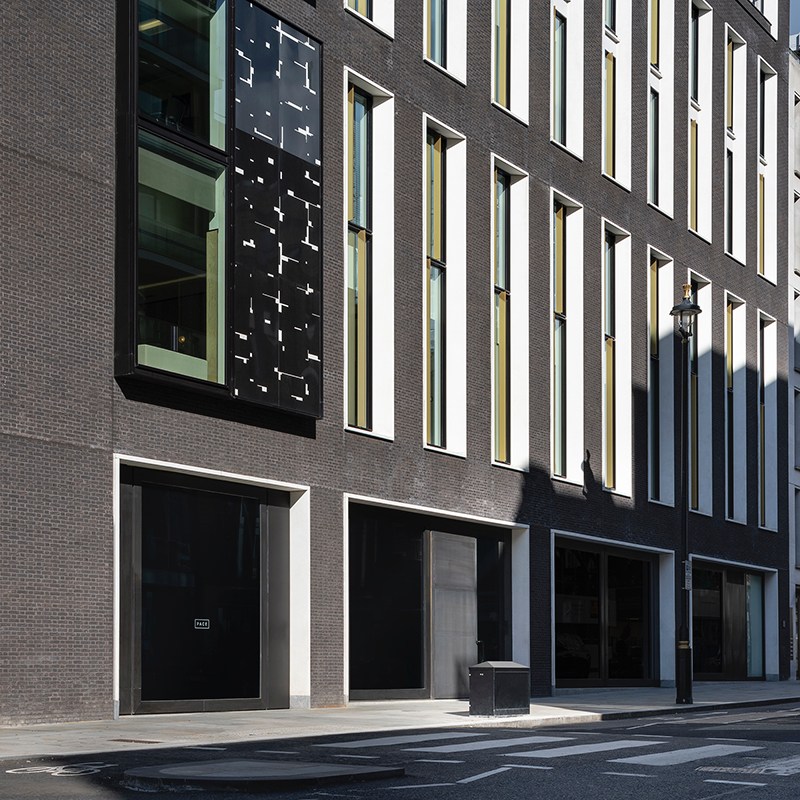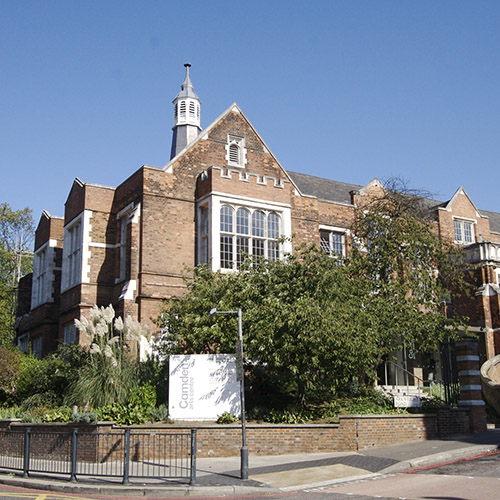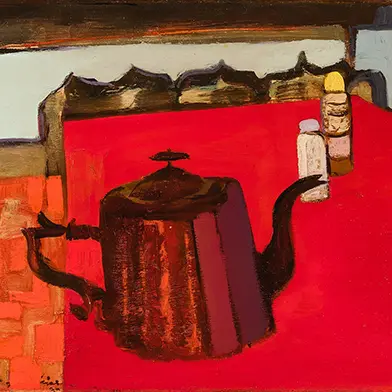What’s on at the world’s leading galleries
Events 26 Apr 2025
London

12-1pm, 26 Apr
Serpentine Galleries, Kensington Gardens, W2 3XA
New York

4-6pm, 26 Apr
Edwynn Houk Gallery, 693 Fifth Avenue, 6th Floor, NY 10022
Show of the Day
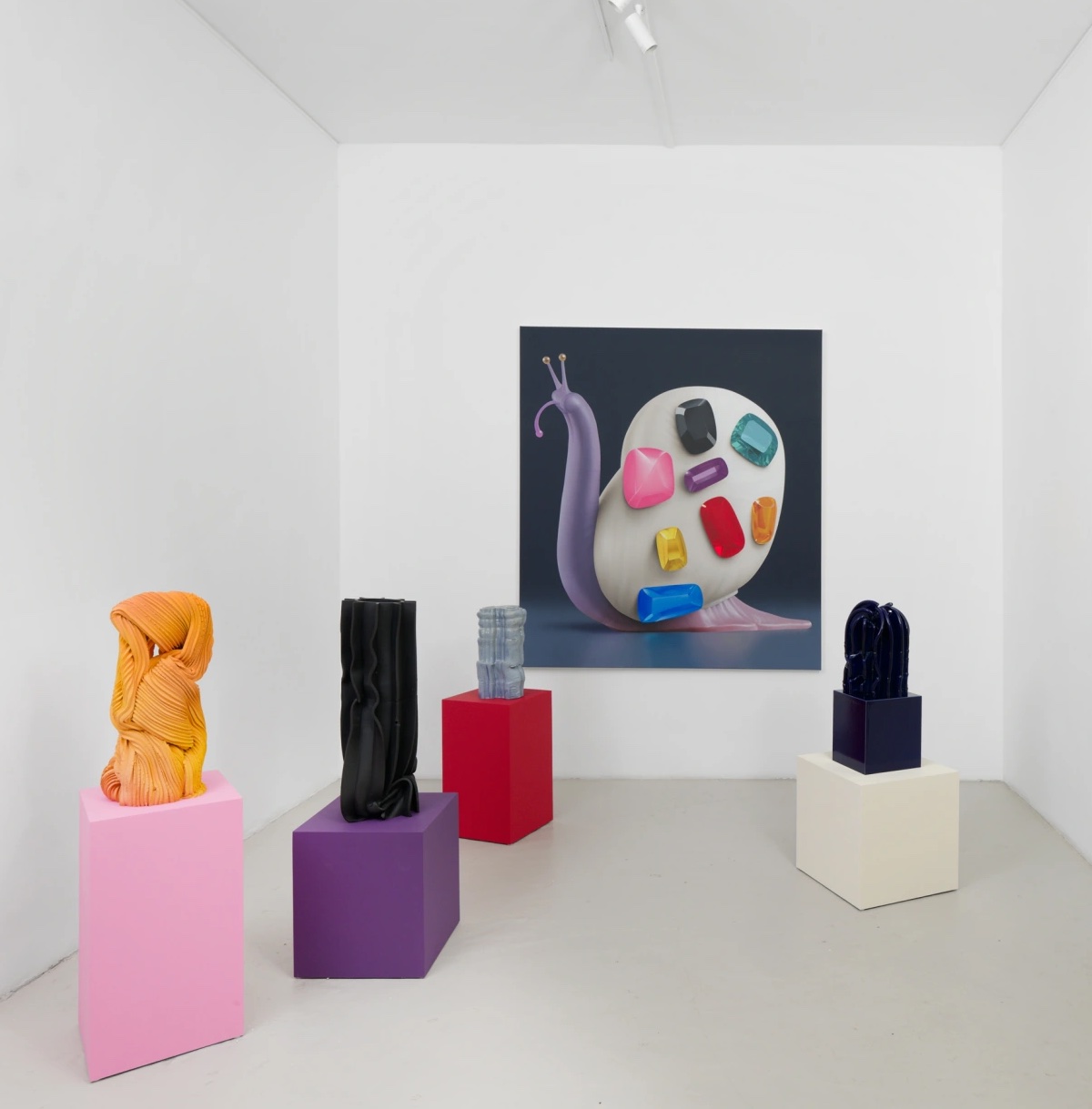
“these saccharine aesthetics are intentionally designed to captivate the viewer, only to expose the deeper truths beneath - how visual appeal has been commodified in modern society, shaping our perceptions of value, beauty, and identity” - Saša Bogojev
News
See all
article
Esther Schipper announces representation of Tauba Auerbach
Auerbach examines structure and connectivity from the microscopic to the cosmic scale, working freely between painting, weaving, glass, photography, video, calligraphy and musical instrument design

news
Yancey Richardson now represents Tania Franco Klein
Franco Klein is known for her visually evocative and conceptually intricate photographic series that explore emotion, psychology and subjectivity as social constructions

news
Jack Shainman Gallery announces representation of the Estate of Faith Ringgold
over the course of six decades, Ringgold became one of the most significant cultural figures of the twentieth and twenty-first centuries
Exhibitions on Now
See all
London
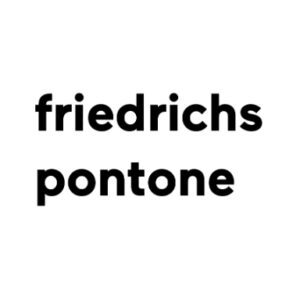
New York
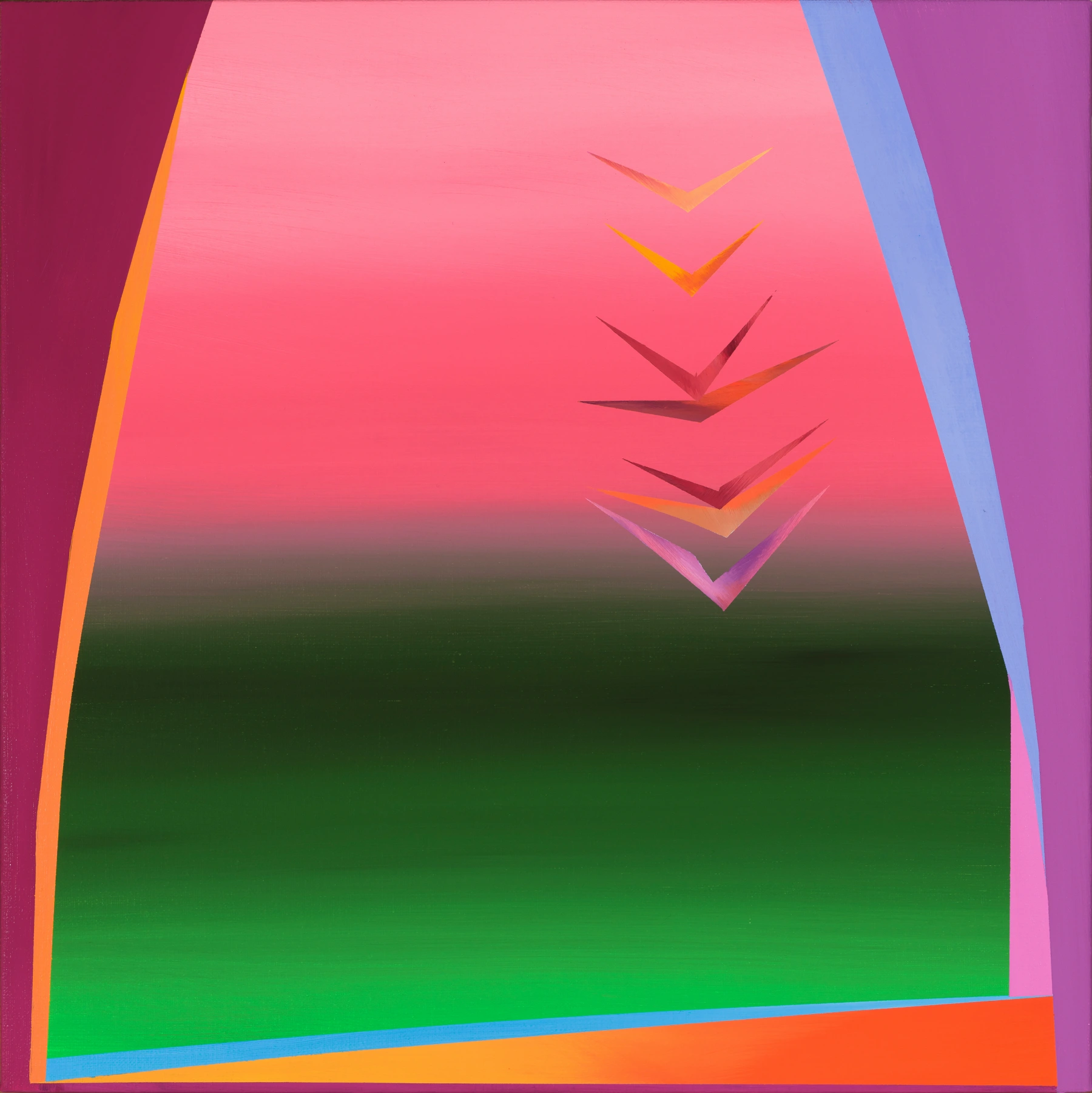

last week
7
turning the gallery into a spiritual sanctuary, fourteen of Kongi’s recent paintings in the Estonian artist’s first solo exhibition in the US

New York
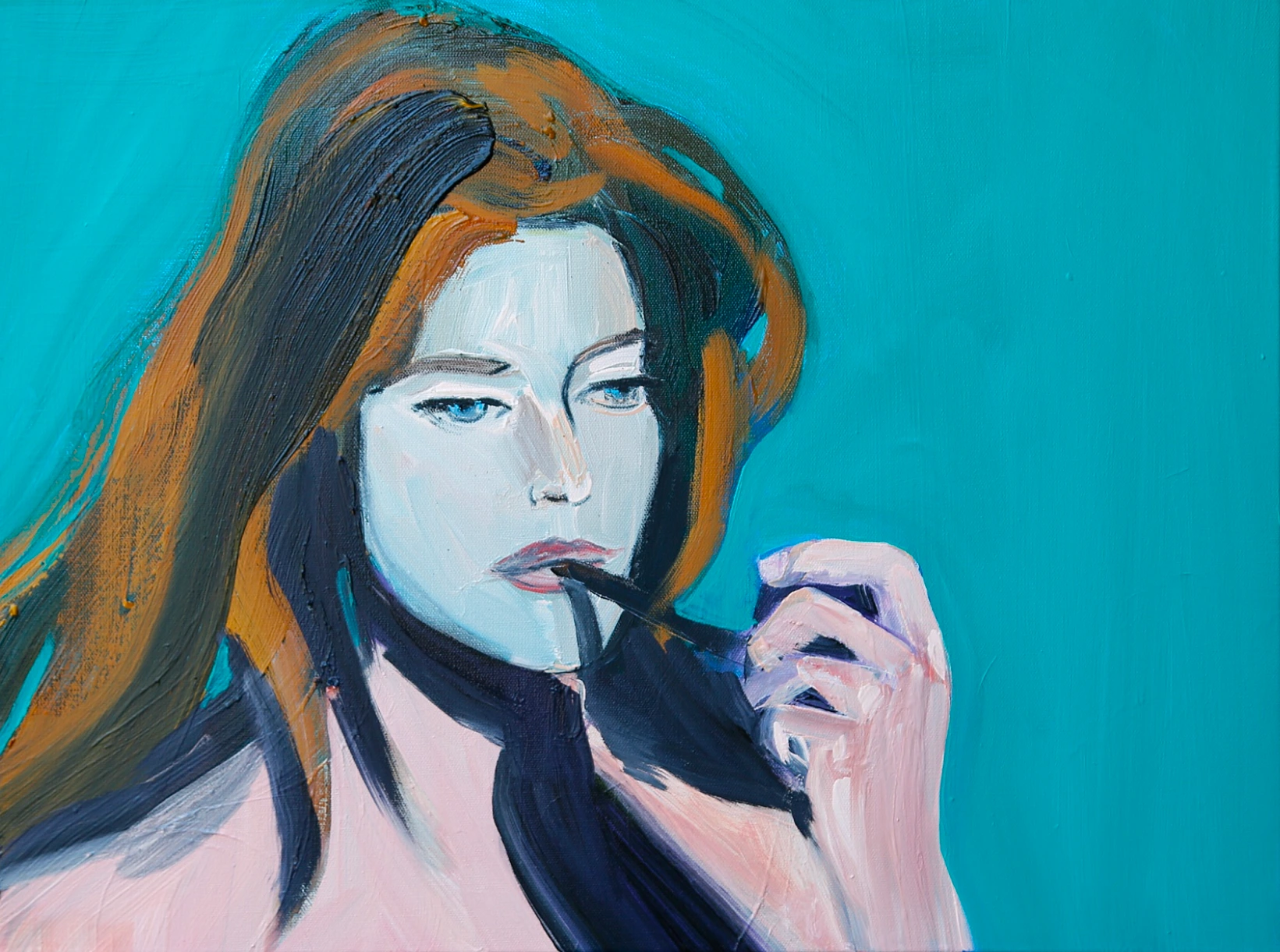

last week
7
Doring Baez’s first exhibition with the gallery is inspired by the 1975 film “The Night Porter” and her late brother's photography, to explore “her desire to know her brother more deeply than anyone can ever know another person”

Paris
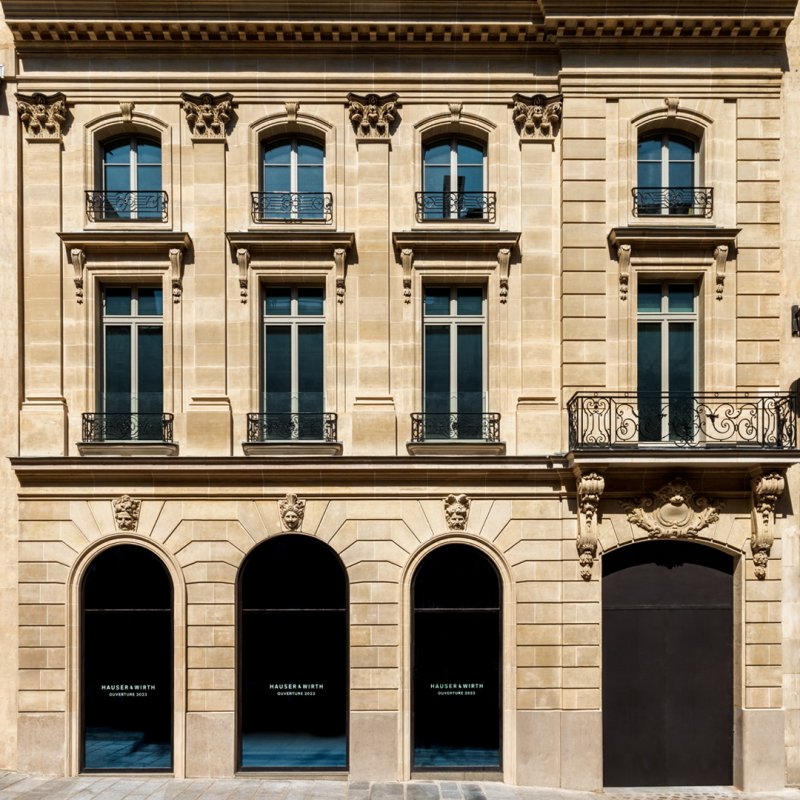
just opened
28
the second iteration of the gallery’s new program organized with Olivier Renaud-Clement hosts Lo Brutto Stahl

Brussels
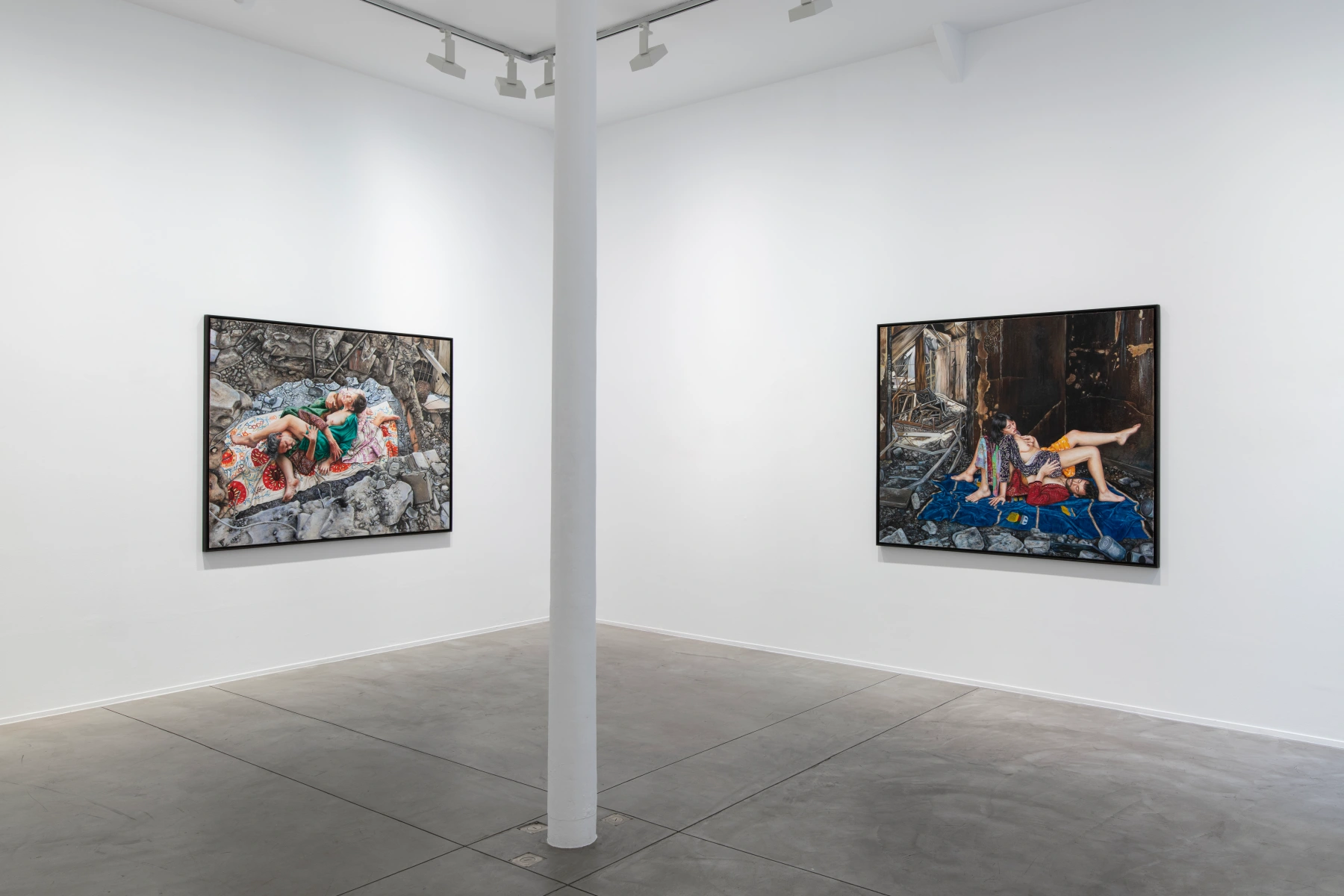
just opened
42
the Iranian painter’s first exhibition in Belgium presents the central theme of her work: painting as a means of expressing pleasure and emancipation
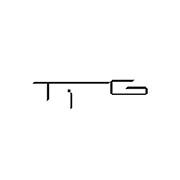
Tokyo

just opened
35
new sculptures in an immersive environment from the Portuguese artist in which she focusses on two non-Japanese designers who had strong ties to the country
My Favourited Exhibitions
Shop
Build your art library
-
 Keith Edmier
Keith EdmierMother Mold, Special Edition
Artist Book, Petzel Store
£45.00 : Petzel Store
Add to cart -
 Ron Nagle
Ron NagleAmended Testimony
Monograph, Stuart Shave / Modern Art
£15.00 : Stuart Shave / Modern Art
Add to cart -
 Elizabeth Price
Elizabeth PriceIn a Dream You Saw a Way to Survive and You Were Full of Joy
Exhibition Publication, Hayward
£20.00 Out of Stock: Hayward
Read more -
 Jadé Fadojutimi
Jadé FadojutimiJadé Fadojutimi: Jesture
Artist Book, Pippy Houldsworth
£20.00 : Pippy Houldsworth
Add to cart










